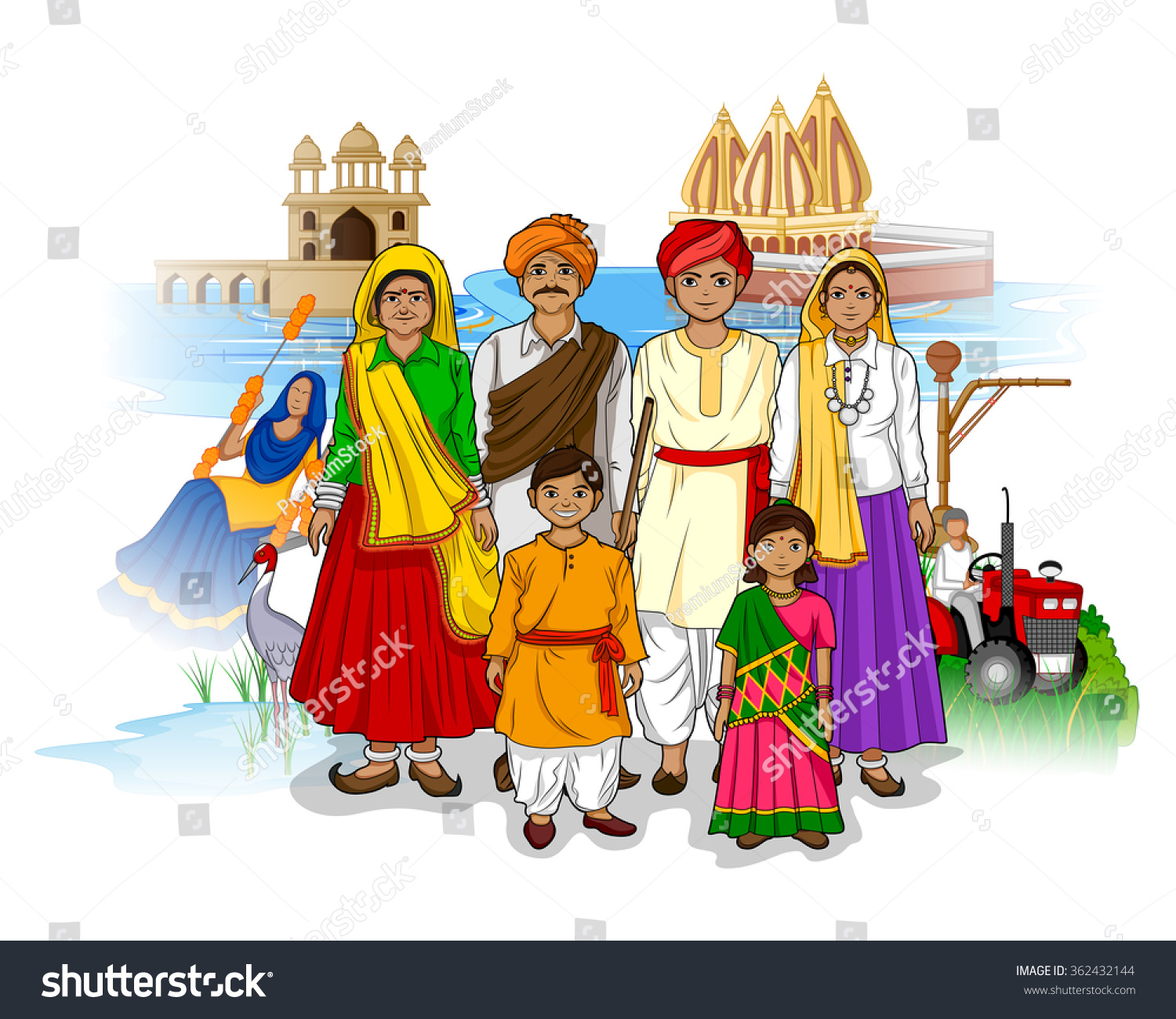Culture Of Haryana
Haryana's culture is reflective of its folklore. The rich Haryanvi culture is characterised by the hookahs and the charpoys, the vivid fairs and the swaying paddy fields; Haryana is one of the wealthiest states in India and is one of the most economically developed regions in South Asia.

Haryana has its own unique traditional folk music, folk dances, saang (folk theatre), cinema, belief system such as Jathera (ancestral worship), and arts such as Phulkari and Shisha embroidery. Haryana (/hʌriˈɑːnə/; Hindi: [ɦəɾɪˈjɑːɳɑː]) is a state in India located in the northern-part of the country. It was carved out of the former state of East Punjab on 1 November 1966 on a linguistic basis. It is ranked 21st in terms of area, with less than 1.4% (44,212 km2 or 17,070 sq mi) of India's land area. The state capital is Chandigarh and the most populous city is Faridabad, which is a part of the National Capital Region. The city of Gurgaon is among India's largest financial and technology hubs. Haryana has 6 administrative divisions, 22 districts, 72 sub-divisions, 93 revenue tehsils, 50 sub-tehsils, 140 community development blocks, 154 cities and towns, 7,356 villages, and 6,222 villages panchayats.There are 32 special economic zones (SEZs), mainly located within the industrial corridor projects connecting the National Capital Region. Cities like Gurgaon is considered one of the major information technology and automobile hubs of India. Haryana is the 11th-highest ranking among Indian states in human development index.The economy of Haryana is the 13th largest in India, with a gross state domestic product (GSDP) of ₹7.65 trillion (US$100 billion) and has the country's 5th-highest GSDP per capita of ₹240,000 (US$3,200). Haryana has the highest unemployment rate among Indian states. Rich in history, monuments, heritage, flora and fauna and tourism, with a well developed economy, national highways and state roads, it is bordered by Himachal Pradesh to the north-east, by river Yamuna along its eastern border with Uttar Pradesh, by Rajasthan to the west and south, and Ghaggar-Hakra River flows along its northern border with Punjab. Since Haryana surrounds the country's capital New Delhi on three sides (north, west and south), consequently a large area of Haryana state is included in the economically important National Capital Region of India for the purposes of planning and development. The villages of Rakhigarhi in Hisar district and Bhirrana in Fatehabad district are home to the largest and one of the world's oldest ancient Indus Valley Civilization sites, dated at over 9,000 years old. Evidence of paved roads, a drainage system, a large-scale rainwater collection storage system, terracotta brick and statue production, and skilled metal working (in both bronze and precious metals) have been uncovered. According to archaeologists, Rakhigarhi may be the origin of Harappan civilisation, which arose in the Ghaggar basin in Haryana and gradually and slowly moved to the Indus Valley.